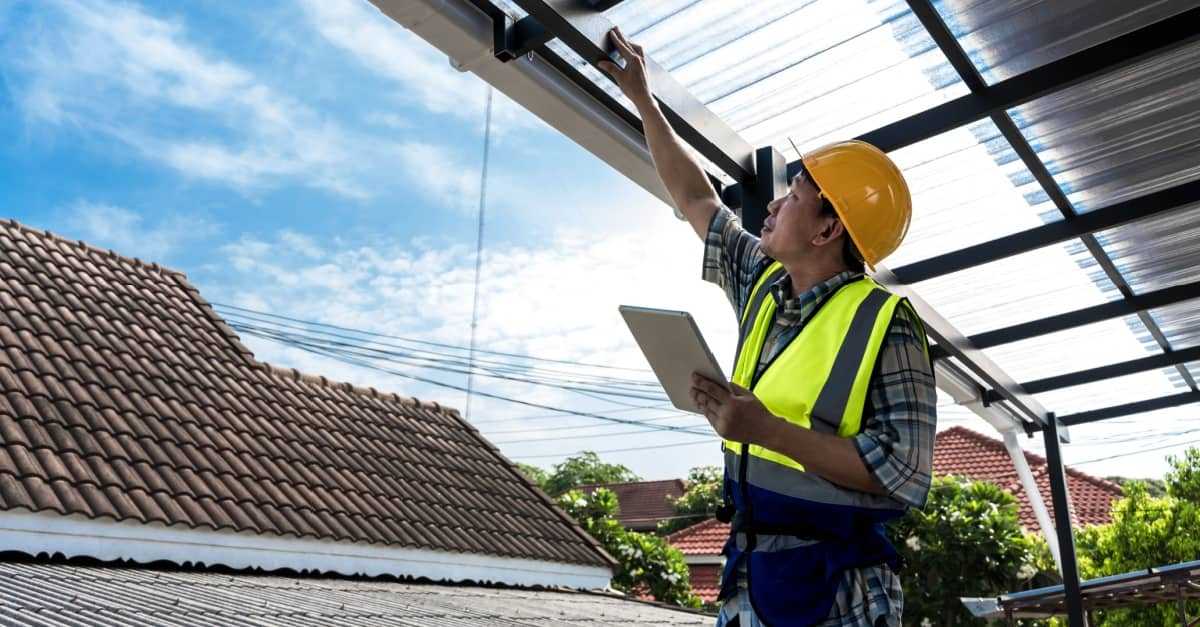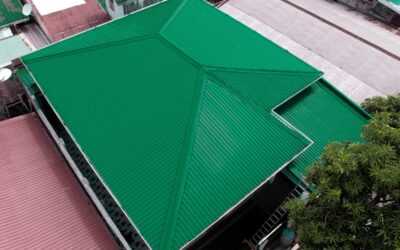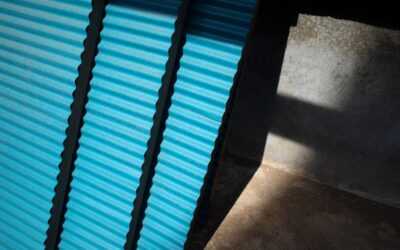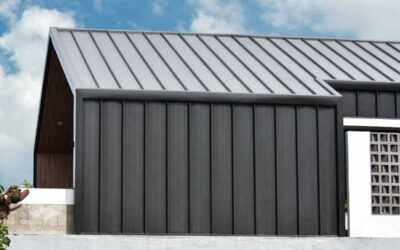Roofs impact the integrity of your structure. So, it is important to know when you need to have yours repaired or replaced. But first, let’s find out how long roofs are supposed to last.
How Long Does a Roof Last?
Lifespan varies based on climate, environment, and maintenance. However, the material plays a significant role.Here, we’ll look at common types of roofs.
Clay Tile
Clay tiles, when installed and maintained properly, can last for at least 50 years. These are best against the sun and salt that’s why they are usually found in coastal areas.
Concrete Tile
Much of what passes for clay tiles these days is actually made of concrete. The average lifespan of a concrete tile roof is 35 years. Concrete does not perform well in harsh weather. It is water-resistant but not water-tight.
Asphalt Shingles
These are a popular choice for roofs because they are quite affordable. But extreme heat, like the kind we have in the Philippines, can weaken the adhesion of asphalt shingles leading to leaks. Experts peg the average lifespan of asphalt shingles at 20 years.
Metal
Metal roofs can last 70 years or longer. They perform well against harsh weather conditions, are fire-resistant, and energy efficient.
Signs of Roof Damage
Now that you know the average lifespan of your roof, check for signs of deterioration or wear.
Water Spots
A yellow or brown stain on your ceiling can point to a leak on your roof. Check for missing or damaged shingles or roof tiles, torn flashings, or loose screws.
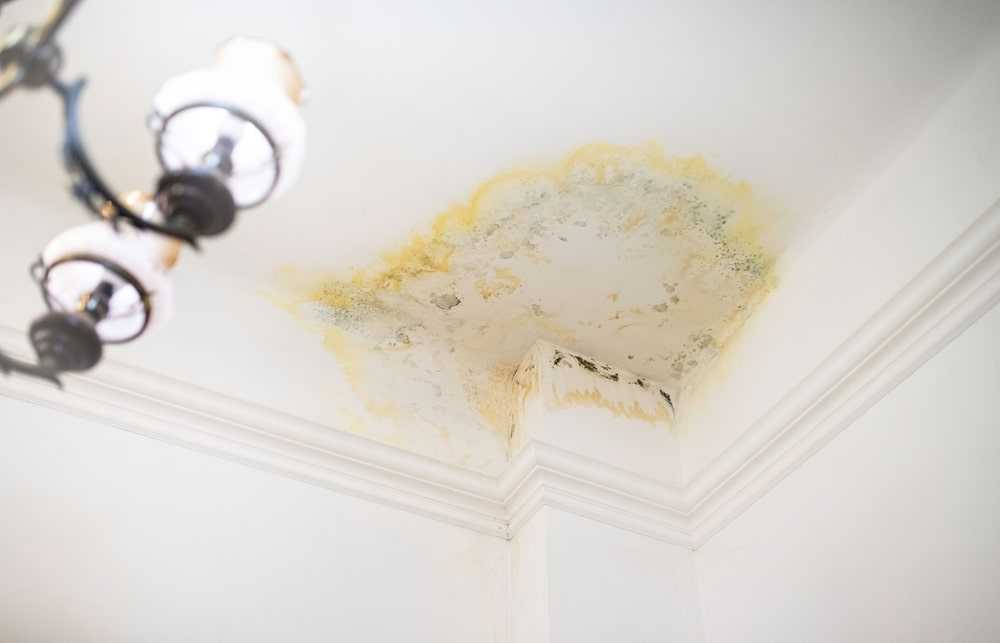
Attic Moisture
If there is moisture in your attic space, it could also mean that there is a leak in your roof. Look for visible moisture, dark stains on attic beams, rusty nails or mold.
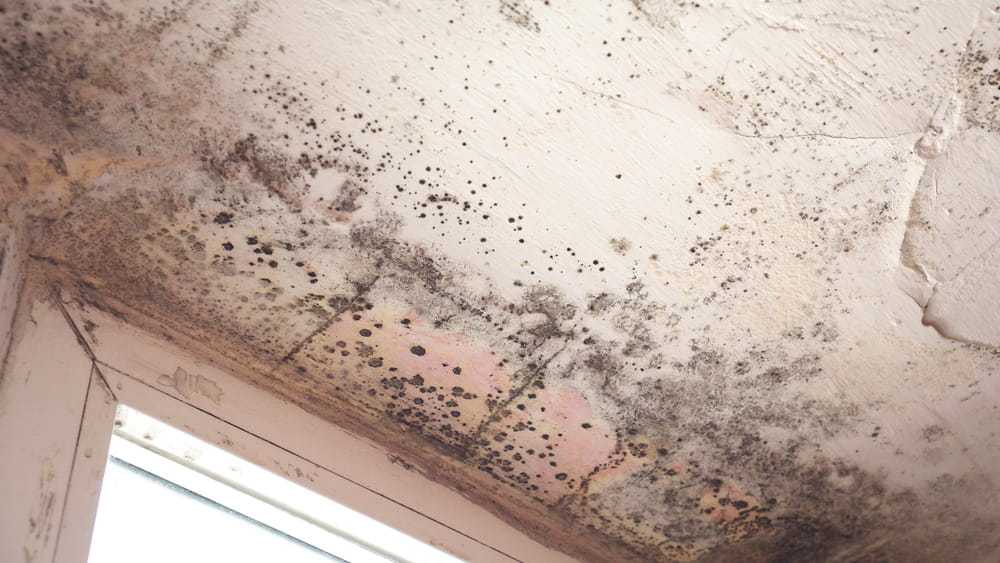
Deteriorated Flashing
The roof structure includes flashing which is a thin waterproof material that acts as a seal at the joints of the roof and roof features such as parapets, skylights, or dormers. Flashing diverts rainwater and prevents water from seeping in the joints. When the flashing is damaged, the roof can suffer leaks, rot, and structural issues.
How do you know when the flashing is not protecting your home? Look for these signs:
- Missing roof tiles. This may be because rainwater seeped in and destroyed the adherence of the tiles.
- Damaged tiles. When the roof tiles are curling, splitting, or moldy. This means water has collected under and around the roof tiles, making it brittle.
- Cracks or tears on the roof. Even if your roof is not made of tiles, it can still suffer from damaged flashings.
- Gutter rusting, sagging or bending.
Roof Inspection Checklist
Worried about how your roof is holding up? Here’s a checklist you can use to assess your roof’s condition.
Safety First: Before you inspect your roof, make sure you are taking necessary precautions. Use a sturdy ladder or scaffolding and a harness. Wear non-slip shoes and work gloves. Be aware of danger or obstacles on the ground while looking up at the roof.
Exterior Inspection
- General Condition: Walk around the perimeter of the home to see the roof from the ground. Look at the roof, roof features, eaves, downspouts, and gutters. Look for sagging, cracks, missing parts, curling, or blistering.
- Close Inspection: This requires that you get as close as possible to the roof. But remember to only get on the roof if it is safe to do so. Look for rust, mold, moss, and lichen.
- Flashing: Make sure flashing is intact and sealed. Look for rust spots
- Gutters and Downspouts: Look for debris, clogging, damage. Make sure that the gutters and downspouts are securely attached.
- Roof Decking: Look for sagging, rot, or water damage.
- Skylights: Look for damage to the seals and cracks on the glass or acrylic panels.
Interior Inspection
- Attic: Look for water stains, moisture, and check insulation/ventilation for potential moisture buildup.
- Ceilings: Look for water stains, rot, and mold.
Consult a Professional
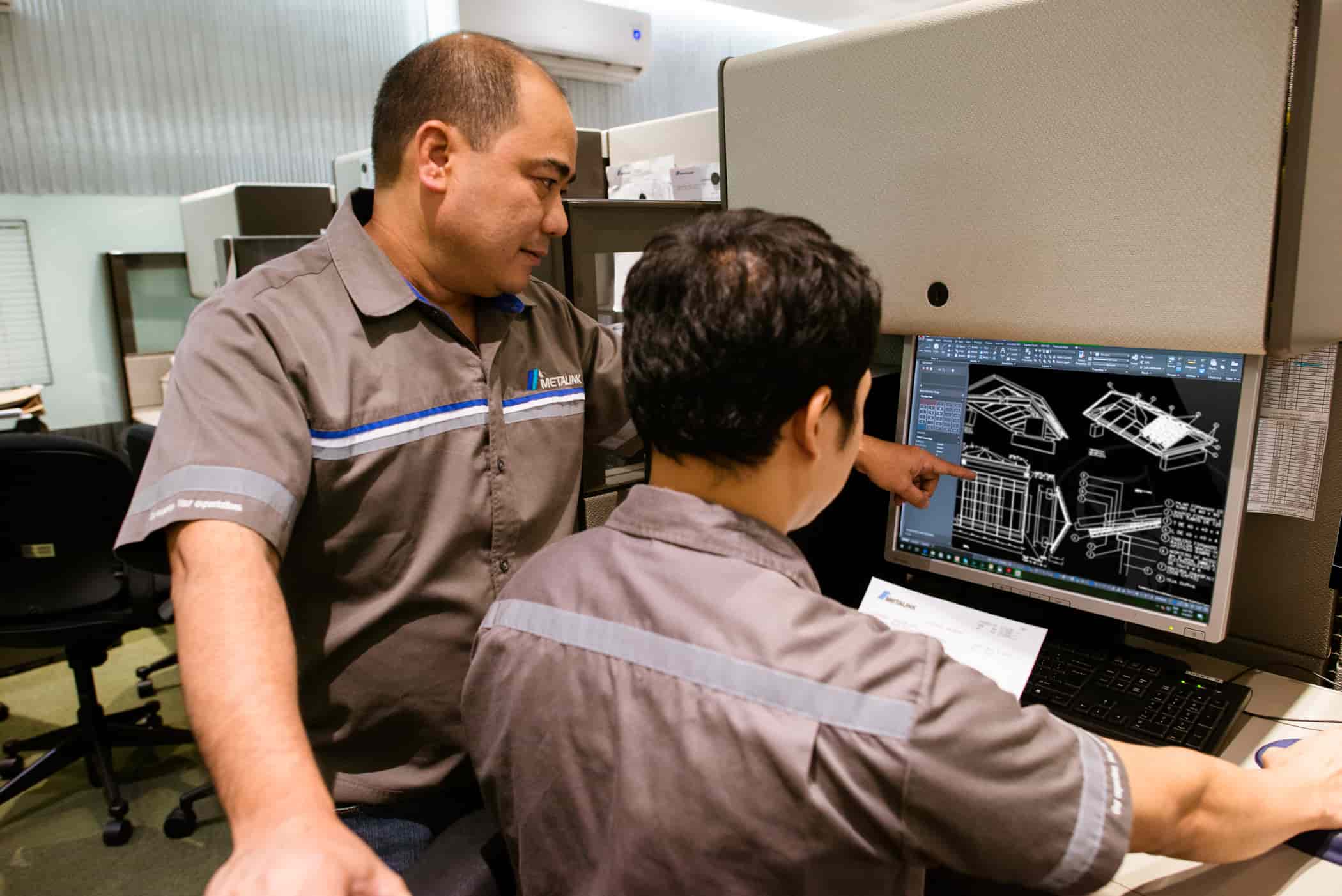
Roofing specialists can safely inspect, diagnose, and recommend the best repair or replacement solutions.
Repair vs. Replace?
Patch repairs offer a temporary solution but may not address long-term issues. Consider a full replacement if:
- Patch repair cost exceeds half the replacement cost.
- Damage is extensive.
- The roof has undergone numerous repairs, compromising its integrity.
Patch repairs might be suitable if:
- The roof is relatively new.
- There’s damage but no leaks.
- Time constraints require a quick solution.
Learn more about roof replacement and repairs here.
Consider a Long-Lasting Roof
If you do need to replace your roof, consider one that’s guaranteed to last a long time such as these strong metal roofs from Metalink:
- Stonetile: Durable with stone-like appearance.
- Stonerib: Stone-coated, raised-rib design.
- Ecorib: Classic pre-painted rib roof.
- Euro Elegance: Double-lapped for leak protection.
- Havana: Beautiful horizontal roof.
- Primeraroof: Pre-painted, multi-rib design.
Regular inspections and professional consultations are crucial for maintaining a healthy roof. Contact Metalink for innovative roofing solutions today.

